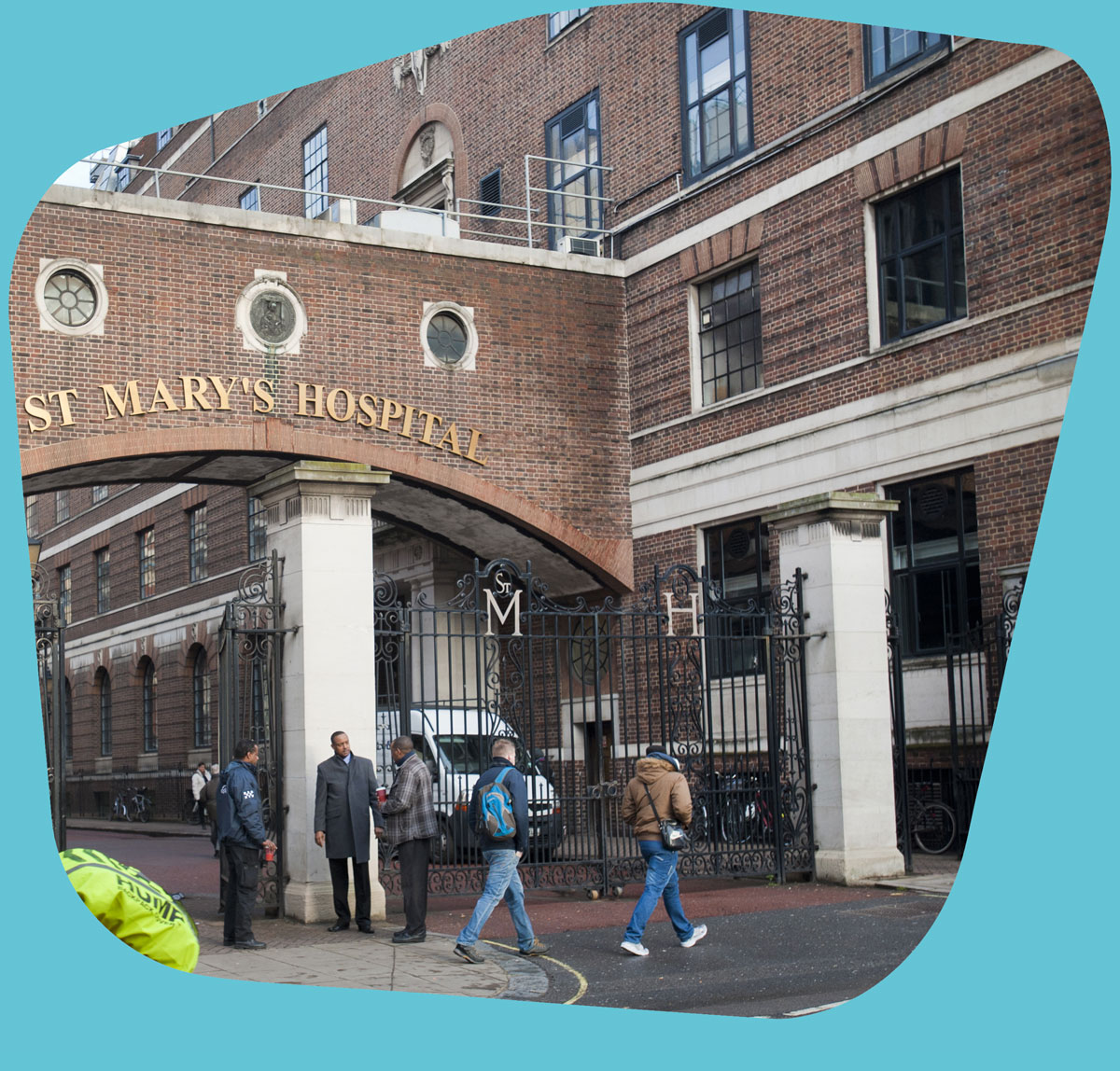We urgently need a new hospital – find out more about our redevelopment programme and how you can help us to create a better St Mary’s

St Mary’s Hospital has been treating patients and making healthcare breakthroughs since it first opened in 1845, but its sprawling patchwork of aging buildings are crumbling.
Our communities, patients, and staff – and the wider NHS – deserve better.
Not only is St Mary’s the only acute inpatient hospital in Westminster and London’s busiest trauma centre, it is also a world-renowned teaching and research hospital.
We need a bigger, better St Mary’s to respond to the changing and growing health needs of our local population over the coming decades. And the need is increasingly urgent if we are to ensure our future in Paddington and avoid major building failures that put services at risk.
At the same time, the redevelopment of St Mary’s offers additional opportunities - to create a new and vibrant neighbourhood, centred around our research and life science partnerships, bringing economic and health benefits locally and nationally.
All three of the Trust’s main sites included in the Government’s New Hospital Programme. Find out more about our wider redevelopment plans.





